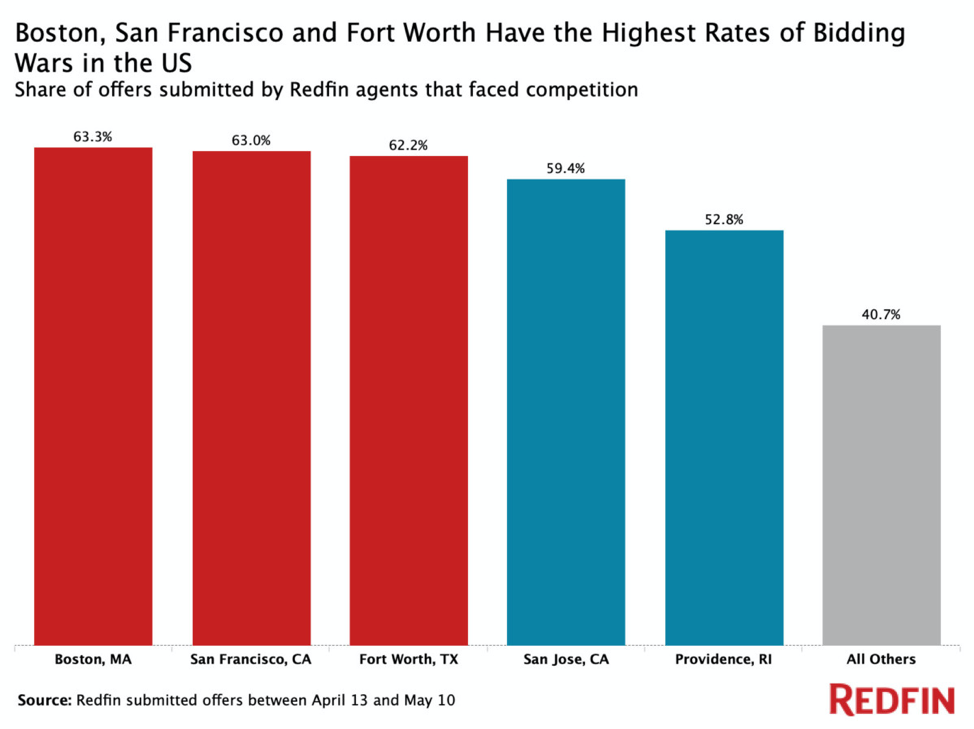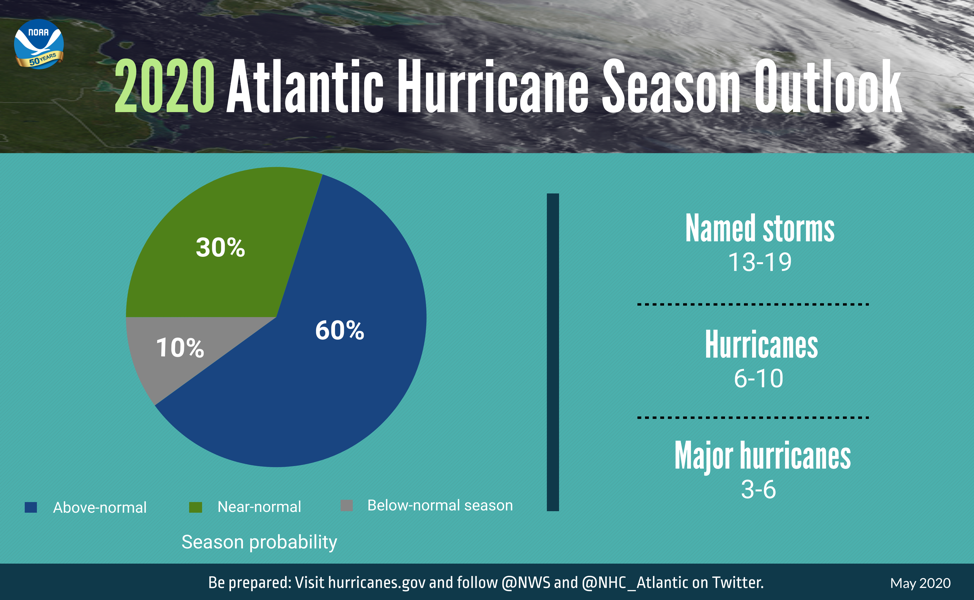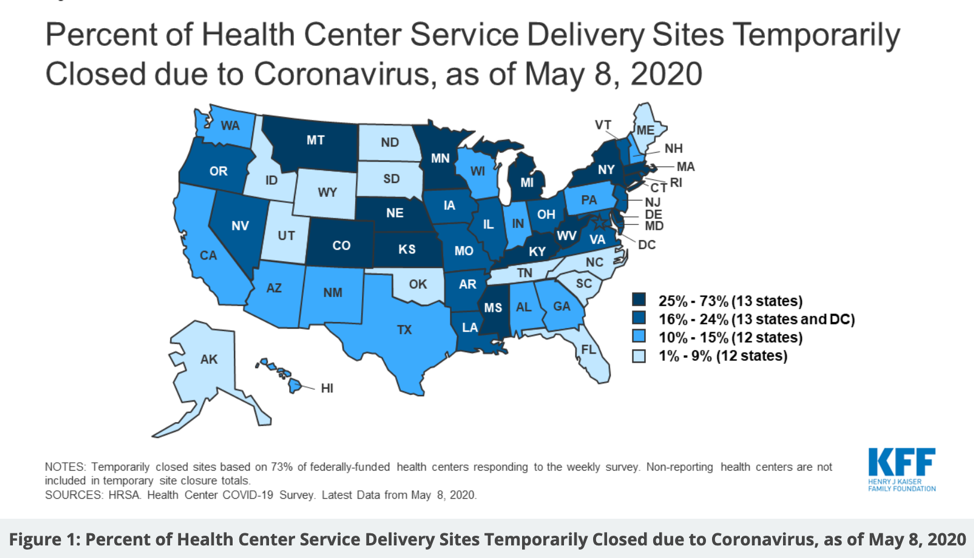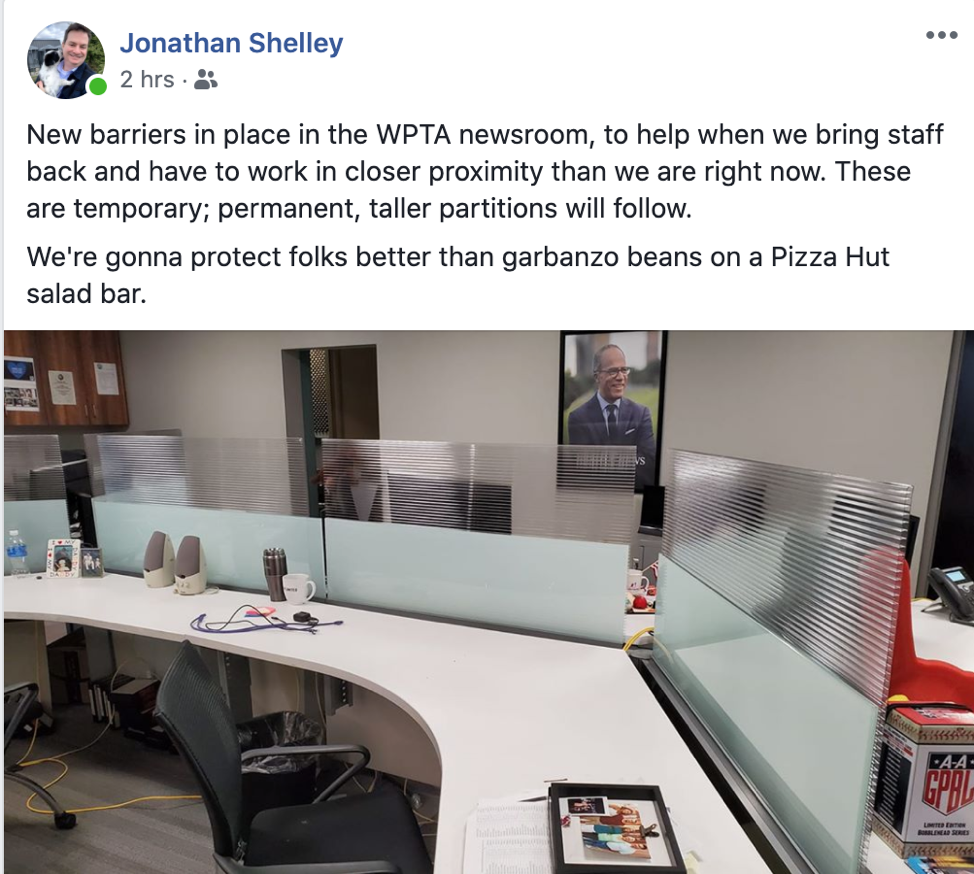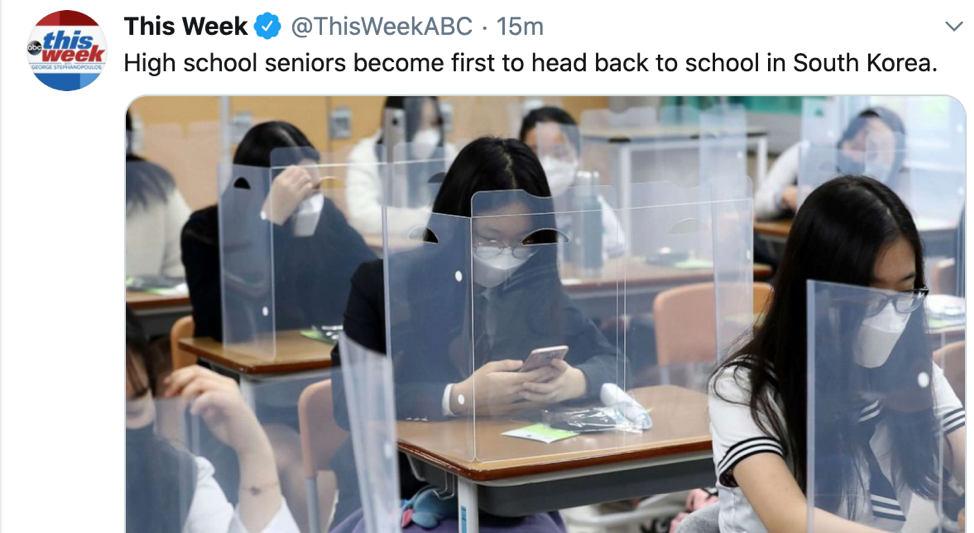 Covering COVID-19 is a daily Poynter briefing of story ideas about the coronavirus for journalists, written by senior faculty Al Tompkins. Sign up here to have it delivered to your inbox every weekday morning.
Covering COVID-19 is a daily Poynter briefing of story ideas about the coronavirus for journalists, written by senior faculty Al Tompkins. Sign up here to have it delivered to your inbox every weekday morning.
The newest housing data contains many COVID-19 related stories for journalists to report on
Thursday produced a basketful of story ideas about housing for you to follow up on.
In short: Sales dropped, sellers pulled homes off the market, the sales that did go through involved sky-high prices and mortgage rates hit a near-record low. Whew! That is a lot for one month. Let’s dive in to find stories for you.
Existing home sales in April slid by almost 18%. There were lots of reasons:
- Buyers could not go out and shop for homes.
- Buyers were worried about their employment future and didn’t want to risk a mortgage just yet.
- Realtors could not market/stage/show homes because of stay-at-home orders.
But then, CNBC said, a few other things happened in April:
The supply of homes for sale fell 19.7% annually to 1.47 million units for sale at the end of April. That is the lowest April inventory figure ever. Not only did potential sellers decide not to list their homes, as job losses mounted and the economy shut down, but some sellers already on the market pulled their listings.
That drop in inventory pushed prices to a record high. The median price of an existing home sold in April rose 7.4% annually to $286,800. That record does not account for inflation but is a nominal record high.
And get this: Redfin said more than 41% of home sales involved a bidding war in the four weeks ending May 10. A year ago, only 9% of home sales involved a bidding war. Think about what is happening, all at once — bidding wars for home sales in the midst of what some believe is a steep recession or short-term depression.
Redfin said more than 60% of home sales involved bidding wars in a “handful of metros,” and reported:
Boston had the highest rate of competition in the four weeks ending May 10, with 63.3% of offers written by Redfin agents on behalf of their homebuying customers facing bidding wars. San Francisco and Fort Worth, Texas, trail closely, with bidding war rates of 63% and 62.2%, respectively. Then come two coastal metros: San Jose (59.4%), Providence, Rhode Island (52.8%), which round out the list of metro areas where a majority of Redfin offers faced competition.
New home construction is way down, but multifamily new homes construction is down more than single-family home construction.
Realtors said a surprising number of April sales were based on online home tours, not in-person. They do not expect that to take the place of real walkthroughs long term.
Mortgage rates dropped to almost historic lows
For the brave-at-heart who can take on a mortgage right now, what a time it is to buy a home. This week, 30-year fixed-rate mortgage loans dropped to 3.24%. While it is hard to see how they could go lower, some experts think they just might. And 15-year mortgages dropped to 2.7%.
The Federal Reserve said it would keep rates as low as possible to help stimulate loans and banking through the pandemic.
For five straight weeks, despite the pandemic, home loan applications have been rising. But keep in mind that growth is crawling out of a hole from early spring, when applications dropped like a rock, especially when compared to a year ago.
Yahoo Money explained another nuance about the house-buying market:
One big reason the housing market could quickly bounce back is that potential homebuyers were largely spared the worst effects of the government shutdowns to curb the outbreaks.
Lower-earning households who are more likely long-term renters made up the bulk of the layoffs. More than half of renters had lost their jobs during the coronavirus pandemic, according to Avail, a landlord software company.
“We’ve seen companies announce layoffs, but that was skewed towards renters,” said George Raitu, a senior economist at Realtor.com. “We’re seeing, for folks who still have jobs or are able to work remotely, there is an interest in (housing) transactions.”
What buyers want — that’s so COVID-19ish
Three big trends are appearing on buyer’s checklists, Coldwell Banker CEO M. Ryan Gorman said:
Home offices: The COVID-19 work-from-home orders have forced us to work from bedrooms, and new buyers want real office space.
Suburban/rural, not city: This appears to be a trend and not just a COVID-19 fad. The home sales numbers in April also showed a new trend away from condos and toward single-family homes. (Both dropped in April, but single-family home sales dropped less, down 16.9% compared to a 26.4% drop in condo sales.) Some experts wonder if part of this is related to buyers wanting to live someplace where they do not have to share elevators, and so on, with others.
Private outdoor space: It seems that we have discovered the need to go outside but not be near anybody else.
Mall Watch: The biggest mall in America missed its mortgage payment
Is this a canary in the proverbial coal mine? The Mall of America, that $2 billion mall in Bloomington, Minnesota (near Minneapolis), missed its April mortgage payment and now has also not paid for May.
The Financial Times reported:
Executives at Macerich, which owns stakes in 47 malls across the U.S., also disclosed on an earnings call last week that the company had so far collected just 18% of the rent it was owed for May.
Malls all over the country are in similar tight spots right now.
An above-average hurricane season looms just as stay-at-home winds down
As my wife said when I told her this news, “Well that’s just great.”
The National Oceanic and Atmospheric Administration said chances are pretty good that we will see a busy Atlantic hurricane season this year, which begins June 1.
I will let NOAA deliver the cheerful news, then let’s consider what that means in a flattening COVID-19-curve world:
“As Americans focus their attention on a safe and healthy reopening of our country, it remains critically important that we also remember to make the necessary preparations for the upcoming hurricane season,” said Secretary of Commerce Wilbur Ross. “Just as in years past, NOAA experts will stay ahead of developing hurricanes and tropical storms and provide the forecasts and warnings we depend on to stay safe.”
The combination of several climate factors is driving the strong likelihood for above-normal activity in the Atlantic this year. El Nino Southern Oscillation conditions are expected to either remain neutral or to trend toward La Nina, meaning there will not be an El Nino present to suppress hurricane activity. Also, warmer-than-average sea surface temperatures in the tropical Atlantic Ocean and Caribbean Sea, coupled with reduced vertical wind shear, weaker tropical Atlantic trade winds, and an enhanced west African monsoon all increase the likelihood for an above-normal Atlantic hurricane season. Similar conditions have been producing more active seasons since the current high-activity era began in 1995.
All of this means that even if we have an average year, which is optimistic, we have to make plans now for how we will avoid cramming people together in evacuation centers when the storms come. And they WILL come. Begin now by asking your disaster planners how they are planning when they are in the middle of another kind of emergency.
What are nursing homes, which are already under intense pressure, planning in the event of a hurricane emergency? And before we start thinking this is a Florida or Louisiana thing, let my colleagues in Texas and New York tell you a thing or two about storm damage. When storms move ashore, you inland folks see flooding and tornadoes.
After handing out trillions of dollars for COVID-19 recovery efforts, how financially prepared will our government be to handle a hurricane disaster like we saw in Puerto Rico or New Orleans?
We saw the military’s spectacular work building a temporary hospital in a convention center — will we need that kind of separation in a hurricane evacuation center?
And, newsrooms, how will you adapt what you have learned about working at a distance from your office to how you will now respond to other emergencies, like storms?
Can we please prepare now for the masks, food and other stuff we will need when storms approach? (Pro tip: Floridians know that Pop-Tarts purchased now taste the same in November when the storm season ends.)
Here’s a new survey on when or if people will attend concerts, sports events, movies
A new research project by two sports and event analytics companies showed just how difficult the post-pandemic future is for sports and concert venues, movie theaters and the studios that depend on them.
70% of the roughly 1,000 people surveyed said they would rather watch new movies at home than going to a theater. And significant numbers of people told pollsters that they will be concerned about attending public events for a long time to come. Variety reported the results:
The top-line findings — especially in comparison with a similar Performance Research study conducted in mid-March — are equally stark. Even after the CDC and local governments say it’s safe to do so,
- 52% of respondents say they will attend fewer large public events, up from 44% in March, just days after the CDC declared the COVID-19 outbreak a global pandemic.
- Even more striking: This month, 60% of respondents say the idea of attending a big public event “will scare me for a long time,” up from 47% in March.
Across just about every major industry sector, respondents have grown more fearful about stepping into public spaces:
- 39% say they’ll attend major indoor concerts less often, up from 33% in March;</i
- 36% say they’ll attend theme parks less often, up from 26%
- 33% say they’ll attend theater and performing arts venues less often, up from 29%.
The study said more than a third of the public plans to go to movie theatres less often and one in 10 people say they may never go to movie theatres again. One more category that may interest you
For Broadway productions, a new line of inquiry in the May study, the news is especially worrying:
- 51% of respondents say it will take a few months before they will attend a Broadway show in New York even after it’s deemed safe to do so
- 16% say they may never go again.
The surveys showed that crowd size is a key factor in whether people are willing to attend a big event. 60% of capacity seems to be the threshold, according to the survey. More packed than that and people said they would stay home. And even if they do attend, the survey said fans would be less willing to go to concession stands or use stadium/arena/theater restrooms. (This is me expressing doubt that people would go to a football game or concert and bypass the beer stand and, as a result, also find some way of not going to the restroom. But, hey, it is not my study.)
By the way, the same study found that people are willing to pay for new movies and live concerts on TV or online.
All of this data could be important to put before your local concert venues, sports teams and arts councils to see how these findings match up with what they are hearing or assuming. It’s also worth asking what the economic realities are about how much venues need to reopen and survive.
If they had 60% capacity crowds, what would happen to ticket prices? Would they have to rise 40%? Would there be an option of sky-high premium seats a long way from anybody else? Could that revenue make up for the vacant seats? Would performers find themselves in competition for eyeballs if they did an online for-pay concert on the same night as somebody else?
The slow bleeding of university budgets mean new layoffs, program cuts
You will see versions of this play out all around you. Central Michigan University just announced it is cutting its men’s track and field program.
The school said it will fulfill its scholarship promises and that athletes who want to transfer to other schools can do so.
The Chronicle of Higher Education is tracking the unfolding story that, so far, shows there are “113 institutions associated with a layoff, a furlough, or a contract nonrenewal resulting from COVID-19. At least 37,181 employees (including student workers) in academe are known to have been affected by those actions.”
When you focus just on layoffs, the U.S. Bureau of Labor Statistics said 19,200 fewer workers were employed by colleges, universities and junior colleges in March compared to February. Now add to that whatever has happened since the semester ended and how schools have started looking to cut budgets by the fall semester. Just as a sample, the Chronicle is compiling reports from around the country:
Thirty-one faculty members were laid off at Missouri Western State University, while 20 others will receive terminal one-year contracts, Inside Higher Ed reported.
St. Edward’s University, in Texas, eliminated an unknown number of employee positions, including some faculty members on and off the tenure track, the Austin American-Statesman reported.
City University of New York colleges have begun announcing plans to remove hundreds of adjunct positions, according to the CUNY faculty and staff union
Community health centers have seen a dramatic drop in patient visits
It’s not that people suddenly got healthy and do not need health care at community health centers. The reason they are not showing up is because they can’t get to the clinics.
Kaiser Family Foundation reported community health centers have seen a 42% drop in patients since the COVID-19 pandemic set in. Community health centers amped up telehealth visits, but remember, the clientele that most depends on community health do not have access to online services.
How we live and work now
We’ll be back tomorrow with a new edition of Covering COVID-19. Sign up here to get it delivered right to your inbox.
Al Tompkins is senior faculty at Poynter. He can be reached at atompkins@poynter.org or on Twitter, @atompkins.


